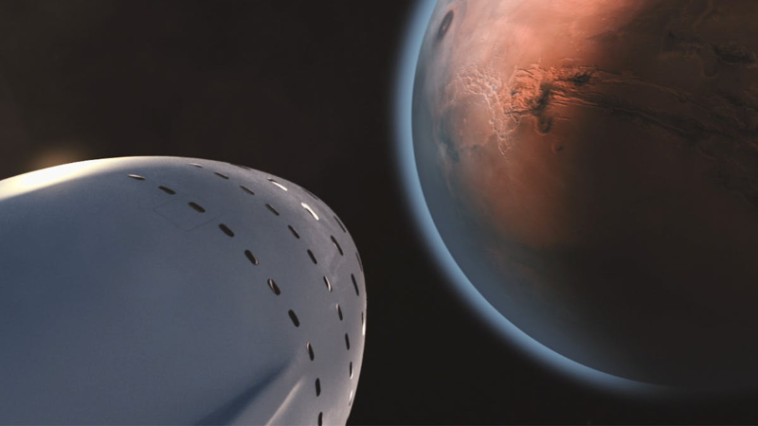Researchers at Ohio State University say they’ve reached a new milestone in nuclear propulsion that could dramatically speed up human missions to Mars.
The team is developing what they call a centrifugal nuclear thermal rocket, or CNTR, which uses liquid uranium to heat propellant directly. In recent tests the design achieved a projected specific impulse of 1,800 seconds — roughly double the efficiency of earlier nuclear engines and four times greater than chemical rockets.
That kind of performance could reduce a round-trip Mars mission to about 420 days, with a one-way flight lasting as little as six months. Current chemical propulsion systems typically take nine months or longer.
Spencer Christian, a PhD student helping build the prototype, said the shorter journey not only opens the door for faster exploration but could also lessen health risks tied to long exposure in space.
The project is led by Dean Wang, who acknowledged the engineering hurdles ahead. Stable operation, fuel management, and safety during startup and shutdown remain critical challenges. “These are problems we believe we can solve within five years,” Wang said.
NASA has provided grant funding, underscoring the agency’s interest in nuclear thermal propulsion as a step toward crewed deep-space missions. The technology could eventually support faster travel to outer planets or even robotic missions to the Kuiper Belt.
Ohio State’s design also offers flexibility. The CNTR could run on alternative propellants such as ammonia or methane, raising the possibility of tapping fuel sources found on other worlds.
Earlier nuclear propulsion efforts date back to the 1960s, but those engines never advanced past ground testing. With renewed investment and collaboration, U.S. researchers hope this generation of designs will move closer to flight.
If the technology proves viable, it could shift the timeline for Mars exploration and strengthen the U.S. position in an increasingly competitive space race.
Source: Rudebaguette

